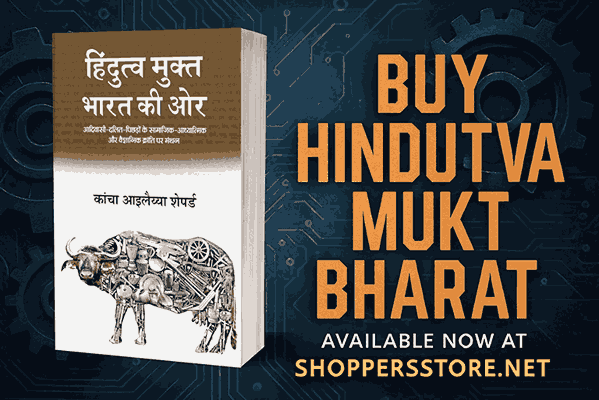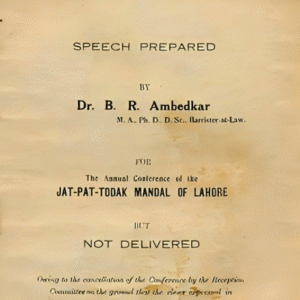Hindutva Mukta Bharat Ki Or | Best Book for Dalit Voice
Introduction
India’s diverse society today grapples with complex and deep-rooted questions related to caste, religion, class, gender, and power structures. Kancha Ilaiah Shepherd’s book “Hindutva Mukta Bharat Ki Or” offers a fresh perspective to confront, understand, and resolve these issues. The book highlights the struggle, scientific insights, and cultural experiences of the Dalit-Bahujan community and envisions an egalitarian India free from Manu-centric and Brahminical dominance.
In this blog, we explore the major chapters of the book and analyze how the author uses various social roles and ideas to dissect India’s current social crisis.
1. Unpaid Teachers: Selfless Bearers of Knowledge
The progress of any society depends on the free and wide dissemination of knowledge. Many communities within India’s Bahujan society have educated and spread knowledge without seeking financial gain. These “unpaid teachers” not only provide formal education but also transmit practical, experiential wisdom in villages and communities.
For example, farmers teach agricultural techniques to younger generations, artisans train apprentices in crafts, and elders share traditional knowledge. They are the pillars of societal growth.
2. Subaltern Scientists: Innovators of Life
The word “scientist” is often linked to lab-coated intellectuals, but in reality, farmers, craftsmen, and workers from Bahujan communities have long practiced applied scientific thinking.
These people discover and apply new methods through lived experience—whether in agriculture, tool-making, or weaving—constituting a living and valuable definition of science. Recognizing them as scientists challenges mainstream notions limited to formal institutions. 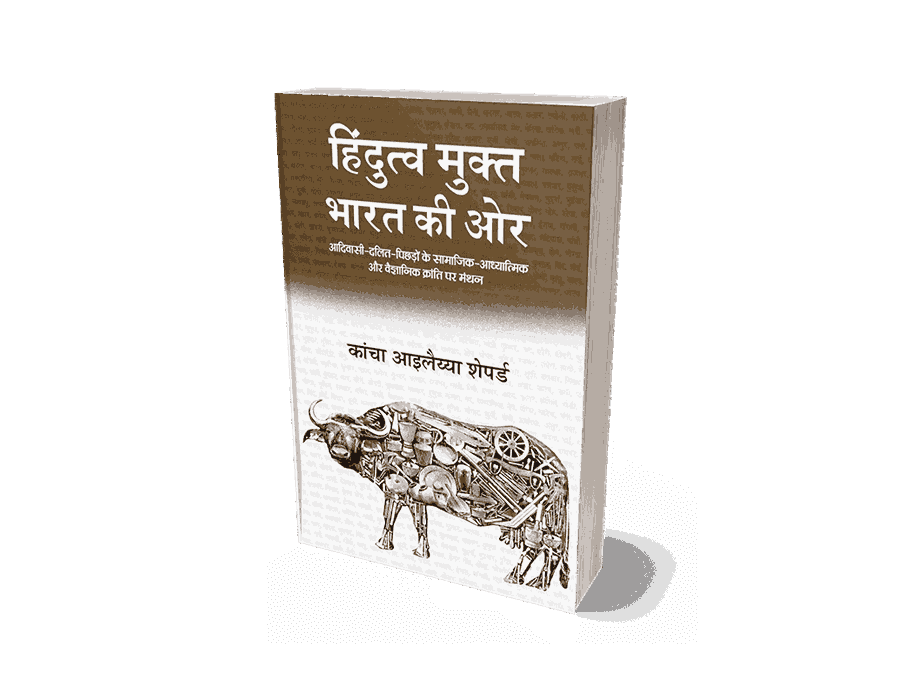
3. Productive Soldiers: Builders of Society
Besides soldiers guarding borders, “productive soldiers” are those who labor daily in fields, factories, and construction sites. These individuals from Dalit-Bahujan communities form the backbone of India’s self-reliance.
Their work and sacrifice underpin the nation’s strength, even though society often overlooks their vital contribution.
4. Subaltern Feminists: The Struggle of Bahujan Women
Feminism in India has largely focused on upper-caste women, but Bahujan women face intersecting struggles based on gender, caste, and class.
They fight not only patriarchy but also caste and economic oppression — battling for land, jobs, respect, and equality. Their feminism centers on labor, self-reliance, and dignity, distinct from mainstream feminist narratives.
5. Social Healers: Caretakers of Communities
Before modern medicine, many traditional healers, hakims, and herbalists from Bahujan communities treated ailments with knowledge of herbs, remedies, and experience.
These folk medical practitioners provide affordable and practical healthcare, often bridging gaps in rural and urban health systems. Their contributions remain essential today. 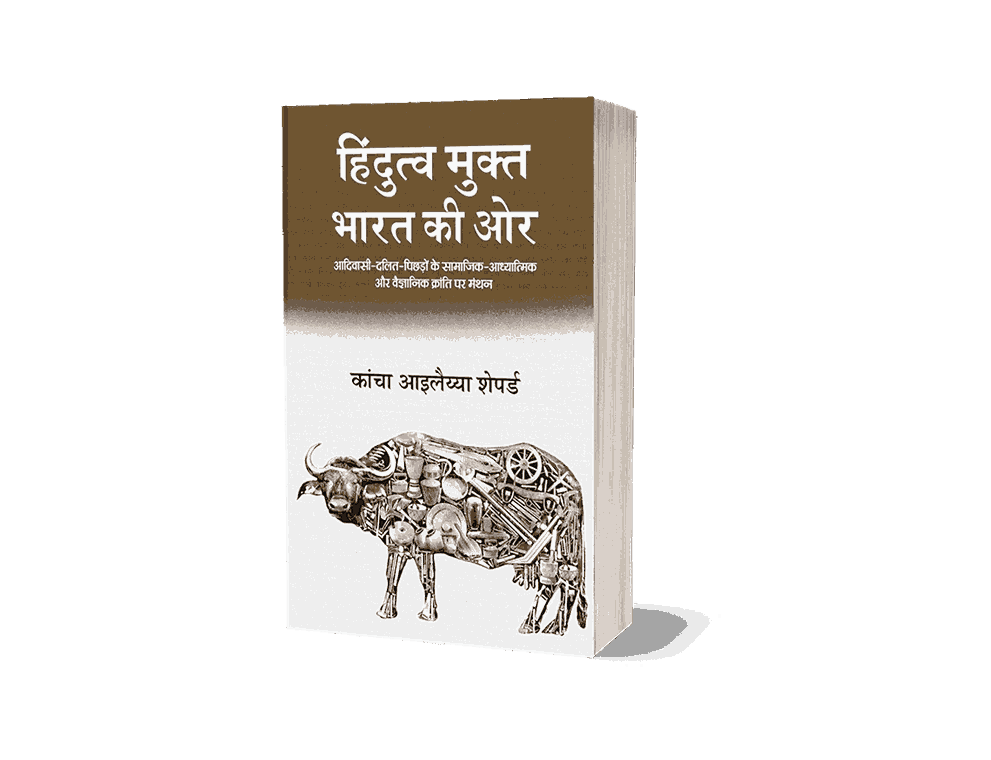
6. Meat and Milk Economists: Overlooked Nutritional Forces
Meat and dairy have long been associated with Dalit-Bahujan communities but are often marginalized by social and religious prejudice.
These communities are major consumers and producers of meat and dairy — vital components of nutrition and livelihood. Recognizing this economic and cultural role is crucial for addressing malnutrition and improving women’s health.
7. Anonymous Engineers: Unseen Builders
Engineering is not confined to modern technical education. Traditional artisans such as carpenters, masons, potters, and washers have built the physical and economic framework of society for centuries.
Their skills and innovations sustain rural and urban life alike. Yet their work often remains unrecognized and undervalued.
8. Food Producers: The Role of Providers
India’s food security depends heavily on Bahujan farmers, laborers, transporters, and vendors — the true “annadata” (food providers).
Their labor keeps the nation fed, but markets and policies frequently marginalize their rights and needs. The book calls for bringing their contribution and struggles to mainstream attention.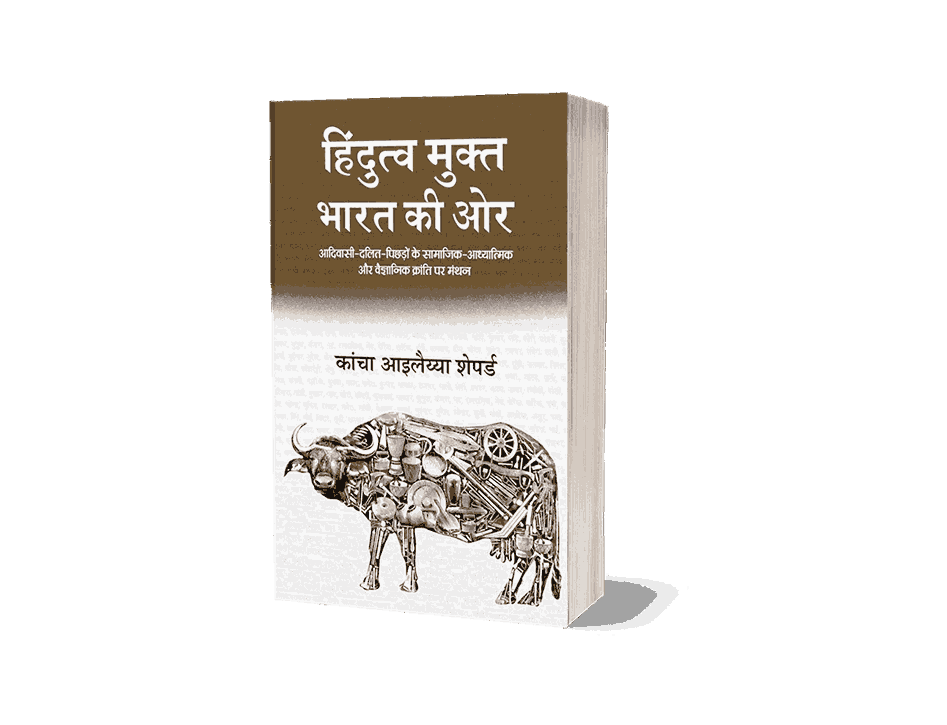
9. Social Smugglers: The Hidden Hold of Dominance
Brahmin and Bania castes have long monopolized education, jobs, land, resources, and religion.
These “social smugglers” maintain covert control over social institutions, hindering the progress and equality of other communities. The author reveals this systemic unequal control as social plunder.
10. Spiritual Fascists: Threats of Religious Hegemony
India’s religious dominance manifests as “spiritual fascism,” where Brahminical control stifles the spiritual growth of Bahujan populations.
Sacred knowledge, rituals, and traditions have been monopolized by privileged castes, limiting inclusive spiritual expression. Overcoming this barrier is vital to true equality.
11. Intellectual Goons: Suppressors of Thought
Academia, history, literature, and culture have been largely shaped by Manu-centric worldviews. Those challenging mainstream narratives face social ostracism and intimidation.
Such “intellectual goons” act to protect existing power structures and obstruct the development of social justice and scientific debate. 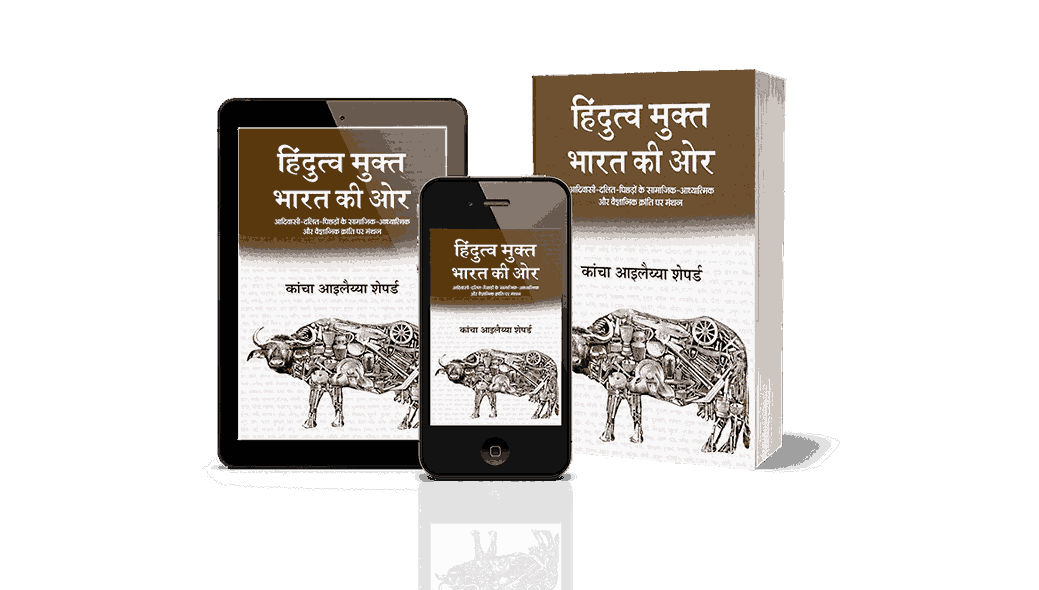
12. Symptoms of Civil War and the End of Hindutva
India faces alarming social tensions—caste conflicts, religious fanaticism, social division—that signal the risk of civil strife.
The author argues that the current “Hindutva” ideology, based on majoritarianism and caste, is fracturing under its contradictions. Its decline could open paths for renewal.
13. Epilogue: Towards a Hindutva Mukta Bharat ki Or
The book ends with a hopeful vision of an inclusive, equitable, and scientifically progressive India.
This future India will be free from caste, religious, and gender hierarchies, where labor, education, science, and humanity are honored.
Conclusion
“Hindutva Mukt Bharat Ki Ore” is not just a book but a manifesto for Dalit-Bahujan consciousness, struggle, and future direction.
It challenges readers to rethink India’s progress through the lens of social justice and emancipation from cultural domination.
This blog aims to inspire teachers, students, activists, and anyone committed to justice, equality, and freedom in Indian society.
Q1. What does “Hindutva Mukta Bharat Ki Or” fundamentally advocate for?
A1: The book fundamentally calls for an India free from Manu-centric and Brahminical dominance. It emphasizes social justice, caste equality, and the need to recognize the contributions and experiences of Dalit-Bahujan communities in building a more egalitarian, inclusive, and democratic society.
Q2. How does the book challenge traditional ideas of knowledge and education?
A2: The book redefines the concept of teachers by highlighting the role of “unpaid teachers”—farmers, artisans, and community elders—who pass on practical, experiential knowledge without seeking payment or institutional recognition. It challenges the mainstream, institution-centric view by valuing grassroots wisdom as vital to social progress.
Q3. In what way does the book address the topic of gender and feminism?
A3: “Hindutva Mukta Bharat Ki Or” sheds light on “subaltern feminists”—Bahujan women who fight not just against patriarchy, but also caste and class oppression. Their experiences and struggles for equal rights, land, jobs, and dignity provide a distinct, intersectional perspective that broadens and deepens India’s feminist movement.
Q4. Who are described as “social smugglers” and “spiritual fascists” in the book, and why?
A4: The book uses “social smugglers” to refer to dominant castes, particularly Brahmin and Bania communities, who have historically monopolized access to education, resources, and social power, impeding true equality. “Spiritual fascists” describes those who monopolize sacred knowledge and religious power, thereby stifling the spiritual and cultural freedoms of marginalized groups.
Q5. What is the hopeful vision presented in the book’s conclusion for India’s future?
A5: The conclusion envisions an India free from caste, gender, and religious hierarchies. It imagines a nation where labor, education, scientific thinking, and humanity are celebrated, and where every individual—regardless of their background—has equal access to opportunities and respect. The book inspires readers to work toward an inclusive and just future.
Hindutva Mukta Bharat Ki Or

